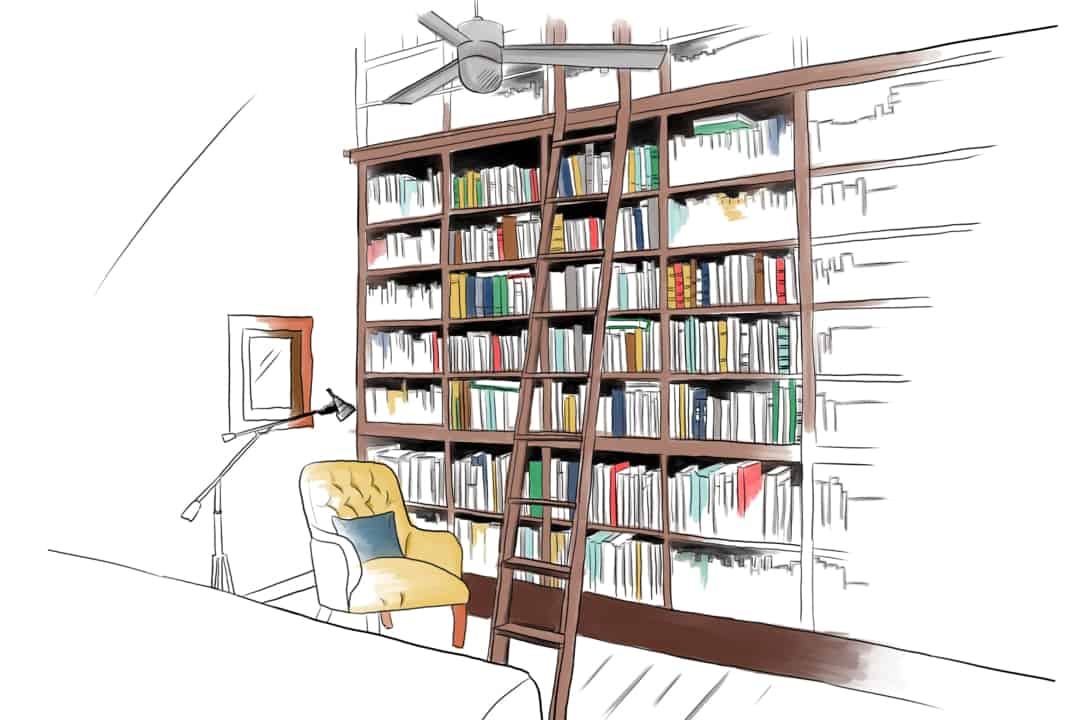The title of Tommy Orange’s debut novel, There There, is derived from Gertrude Stein’s memoir, Everybody’s Autobiography. Upon seeing that her childhood home had vanished, Stein famously remarked: “There is no there there.”
As one of Orange’s characters observes, this feeling of despair and loss is not unfamiliar to Indigenous people. The novel’s title is perhaps better interpreted as defiant sarcasm rather than as a soothing sentiment, for the characters in There There seldom find stablilty and comfort.
During the mid-twentieth century, the United States government instated an “Indian termination policy,” which was intended to terminate tribal life and assimilate Indigenous populations into urban society. The policy forced them to move out of reservations and into American cities to find employment as full tax-paying citizens.
The Indigenous people who ultimately emerged in cities, however, were not mainstream Americans as had been imagined, but what Orange calls “urban Indians,” who had arrived there by their own volition. This is where There There, Orange’s story of modernity and tradition, of innocence and guilt, and of hurting and healing, begins.
“Massacre as Prologue” is the title of one section of There There’s introduction, as Orange proposes that the history of violence against Indigenous people in the Americas serves not only as a prologue to his novel, but to life itself as an “urban Indian.” Each of the novel’s character carries the burden of hundreds of years of subjugation.
Another character is a mother who teaches her daughters about their heritage by taking them to a protest off the shore of San Francisco. She reminds the reader of the 1969 Occupation of Alcatraz, when Indigenous activists camped out on the island for 19 months in a fight to reclaim their land and their rights.
Orange’s tragic stories of addiction, homelessness, and domestic abuse should be a testament to the fact that this fight is not over. While the novel focuses on Indigenous populations in the United States, its themes and diverse cast of characters speak volumes about Indigenous life and history all over the world.
On Indigenous identity, Orange writes about the importance of names and labels. He refers to the “blood quantum” laws which came to widely define membership to Indigenous tribes — many of which had not previously implemented such definitions — in the United States in the early twentieth century.
Some tribes still follow these membership laws. In Canada, the Indian Act grants status to individuals generationally, historically excluding Métis and Inuit peoples. In There There, Orange insists that these complicated labels and legislations can be dehumanizing, reducing Indigenous identity to “undoable math” and “insignificant remainders.”
Through Orange’s brilliant ability to write both intimately and expansively, connecting people, places, histories, and emotions, There There paints a remarkably extensive portrait of urban Indigenous life.
In Canada, the number of Indigenous people living in urban centres has been steadily growing. In fact, it was recently uncovered by Our Health Counts (OHC), a research project aiming to shed light on health and social inequalities experienced by urban Indigenous people, that data published by Statistics Canada on urban Indigenous populations has been misreported.
The OHC study of Ottawa found that the Inuit population in the city is four times larger than reported by Statistics Canada. The OHC also found that there are three to four times more Indigenous adults in Toronto than estimated by Statistics Canada in 2011.
This is all to say that there are more stories to tell — more than we think, and probably far more than we will ever know. In this view, perhaps the most impressive aspect of Tommy Orange’s debut novel is that it demonstrates the enlightening power of art.
Another part of the novel’s courage is its ability to uncompromisingly confront grim realities, as violence and trauma infiltrate the lives of Orange’s characters, particularly women.
Between 1984 and 2012, the Royal Canadian Mounted Police reported 1,017 cases of murdered Indigenous women and 164 cases of missing Indigenous women, of which 225 are unsolved. In There There, a female character recalls seeing a post “about women up in Canada” — referring, of course, to this crisis.
However, as Orange highlights in the novel, “it’s not just in Canada, it’s all over. There’s a secret war on women going on in the world. Secret even to us. Secret even though we know it.”
Indeed, the crisis is global.
A 2008 report from the US Department of Justice found that “some counties have rates of murder against American Indian and Alaska Native women that are over ten times the national average.”
As part of a move to thrust this issue into the spotlight, the junior US Senator from North Dakota Heidi Heitkamp found that 5,712 cases of missing Indigenous women were reported in the United States to the National Crime Information Centre in 2016, and in July 2017, Indigenous women in Alice Springs, Australia marched in the streets to raise awareness about the violence against women plaguing their community.
There There is a call to action. It is a call for storytelling, if not for one’s own sake, then in honour of those who are silenced and who have been silenced from telling their own stories.


